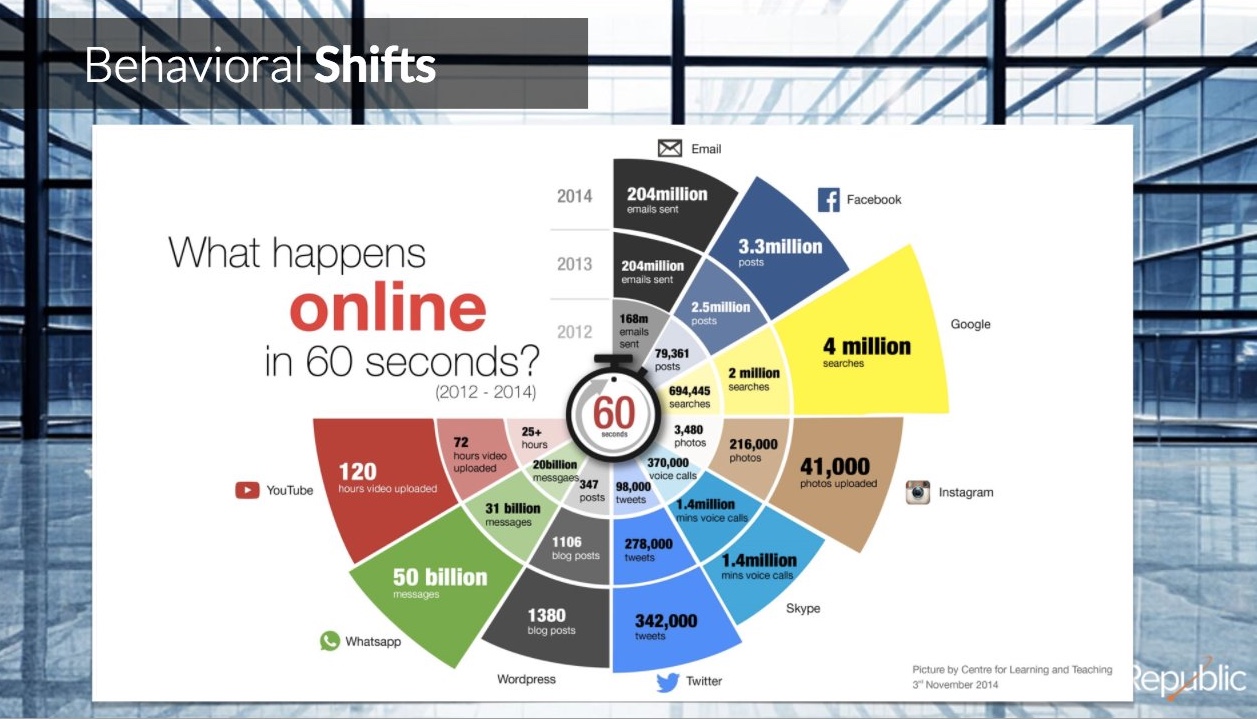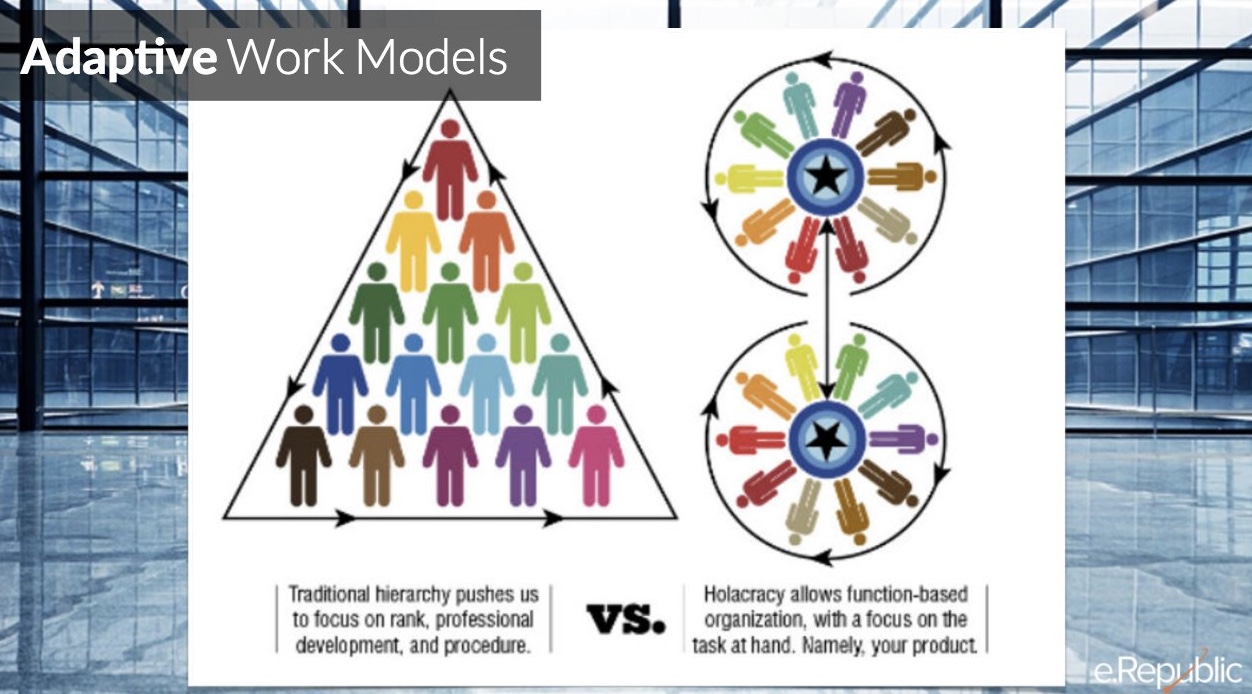
Over the last century, the world has made enormous strides in technological innovation. There are now more digital devices than there are people, and it’s taking less and less time for the public to adapt to new technological advances. So what does it look like when government embraces these technological shifts and applies them internally? Dustin Haisler, Chief Innovation Officer for e.Republic, refers to these organizations as “exponential government.”
In his keynote speech for Granicus’ first annual Virtual Public Sector Digital Engagement Day, Haisler outlined some of the ways in which technology has changed how government works, and why changing government’s approach to digital is key to keeping up with the pace of innovation.
The Digital Shift
It used to be that citizens interacted with their government in person, but as technology has grown larger in our daily lives, the public has come to expect a higher level of ease if they want to engage with their government. This has led to more communication via the internet and mobile devices, such as emails and text messages.

The general public expects the same level of customer service and ease-of-use from the public sector as they do from the private sector. While it took decades for early technologies, such as television and radio, to be adopted, giving government a chance to catch up, new technological advancements are being adopted by the public within a matter of years. “We can no longer sit on the sidelines and wait to what happens, we have to jump in,” says Haisler. “We have to be proactive.” Haisler sees this as an opportunity for government to leverage new technologies to help them continue to advance as well.
The World Ahead
As the internet continues to allow private businesses to prioritize convenience for consumers, it will also become necessary for government to do the same. Leveraging existing technology, such as the Internet of Things (IoT) can make this more possible.
Haisler also advocates for government to reconsider its work model and being more open to the idea of a flexible workday or remote workers. He believes this is how the public sector can continue to find the best talent, even as the workforce continually shifts to an online, freelance environment. This can also help prepare government agencies for the changes to come by bringing fresh perspectives and ideas.

Exponential Government
Haisler defines exponential government as “any agency that harnesses exponential technologies and models of work.” In other words, government agencies who embrace technological changes in order to better meet the needs of the public and to increase efficiency.
Haisler also identified the three main “layers” of an exponential government agency: infrastructure, people, and intelligence. It’s possible to build out these layers by leveraging existing technology, maximizing relationships and engagement, and utilizing technological innovations, the public sector can match its pace with advancements in the private sector.
If you have any questions, or want to reach out to discuss your content strategy, email info@granicus.com.